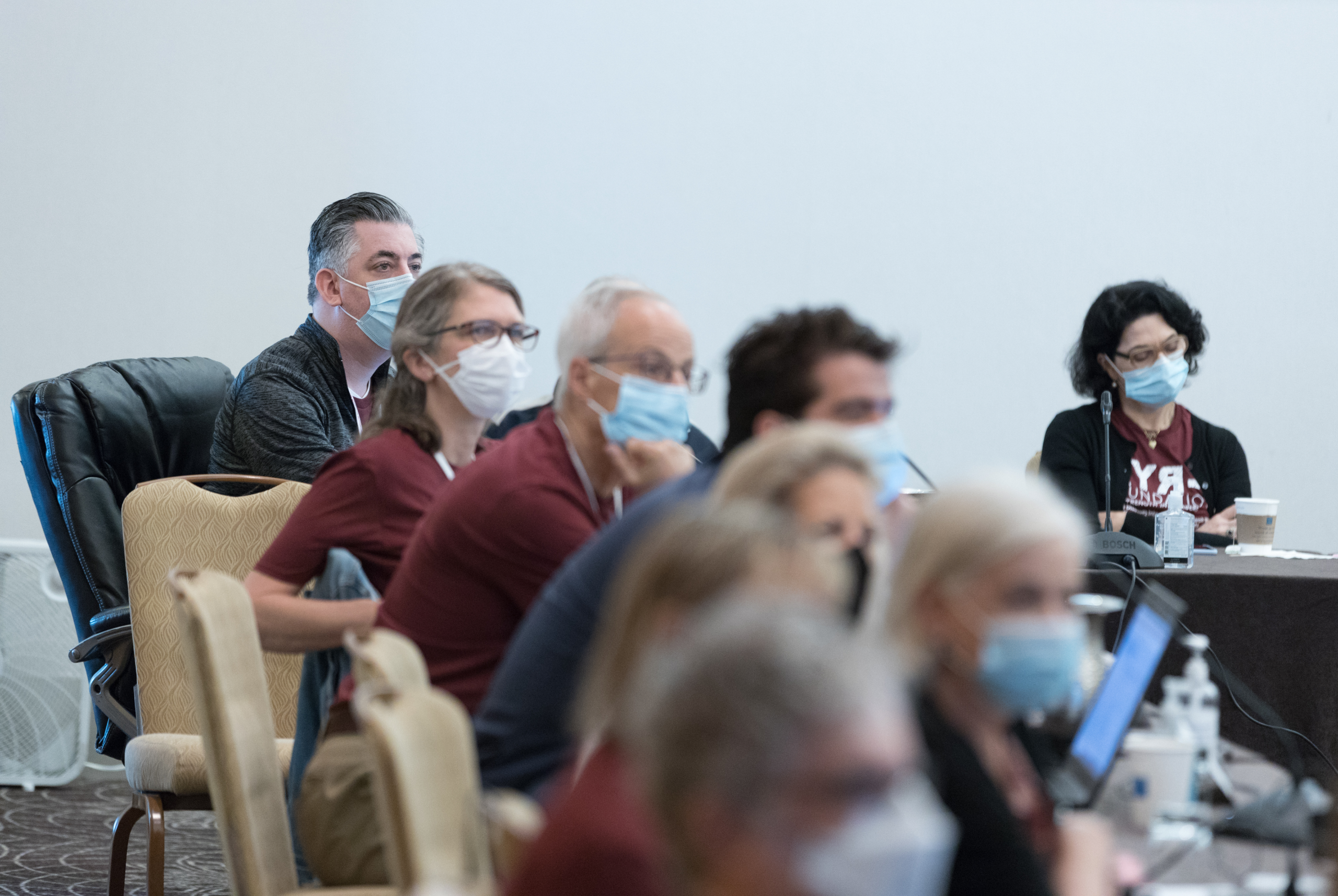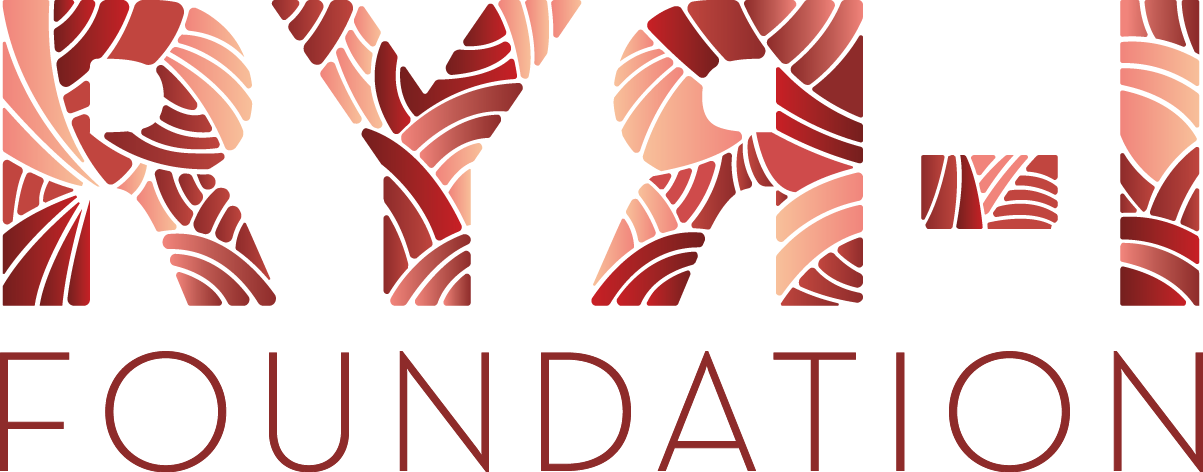The Role of RYR1 Mutations in Exercise-Related Muscular Symptoms and Heat-Illnesses

Dear Reader:
We would like to inform you that we are inviting individuals with an RYR1 mutation for our research on the role of RYR1 mutations in exercise-related muscular symptoms and heat-illnesses. A more detailed description is found below.
We are currently recruiting participants to investigate the clinical symptoms of individuals with an RYR1 mutations who have suffered from exertional heat stroke or exertional rhabdomyolysis (i.e., severe breakdown of muscle tissue). Furthermore, we want to investigate how these symptoms affect mental health and quality of life. We herewith would like to explain in detail which individuals we aim to include in our study:
- Recreational or professional athletes who perform sports at least three times per week.
- Individuals must be diagnosed with a class 4 or 5 RYR1 variant (which means that it is likely pathogenic or pathogenic (disease-causing). If you are not certain whether this is the case, the physician who diagnosed it might be able to inform you.
- Individuals must have a medical history of exertional rhabdomyolysis (ERM) or a history of exertional heatstroke (EHS).
These are two potentially life-threatening conditions, which are defined as:
- ERM: Severe breakdown of muscle tissue due to exercise. This leads to leakage of muscle components into the blood circulation. These components include creatine kinase (CK) and myoglobin, which is excreted by the kidneys and leads to very dark (color of coffee or coke) colored urine. The diagnosis is established by determining the CK-level in a blood sample. If the CK-value is higher than >2000 Units/liter, the diagnosis of ERM is likely.
- EHS: Heat stroke is a medical emergency that involves a core body temperature >40⁰C in combination with neurological symptoms, often collapse, slurry speech, or balance disorders. It often occurs in hot and humid environments, but there are many other known risk factors.
We expect that individuals with certain RYR1 mutations are more susceptible to developing ERM or EHS. To investigate this, we would like to contact your physician, and request and review the medical records. In addition, we would like to invite individuals to participate in an online survey, which includes questions on long-term symptoms, and how EHS/ERM has affected mental health and quality of life.
If you are interested in participating, or have questions about our research, please do not hesitate to send us an e-mail: nick.kruijt@radboudumc.nl.
Thank you very much, on behalf of our team:
Prof. Heinz Jungbluth, MD, PhD (London, UK)
Sheila Riazi. MD, PhD (Toronto, Canada)
Nicol Voermans, MD, PhD (Nijmegen, The Netherlands)
Marc Snoeck, MD, PhD (Nijmegen, The Netherlands)
Luuk van den Bersselaar, MD, PhD-student (Nijmegen, The Netherlands)
Nick Kruijt, MD, PhD-student (Nijmegen, The Netherlands)

